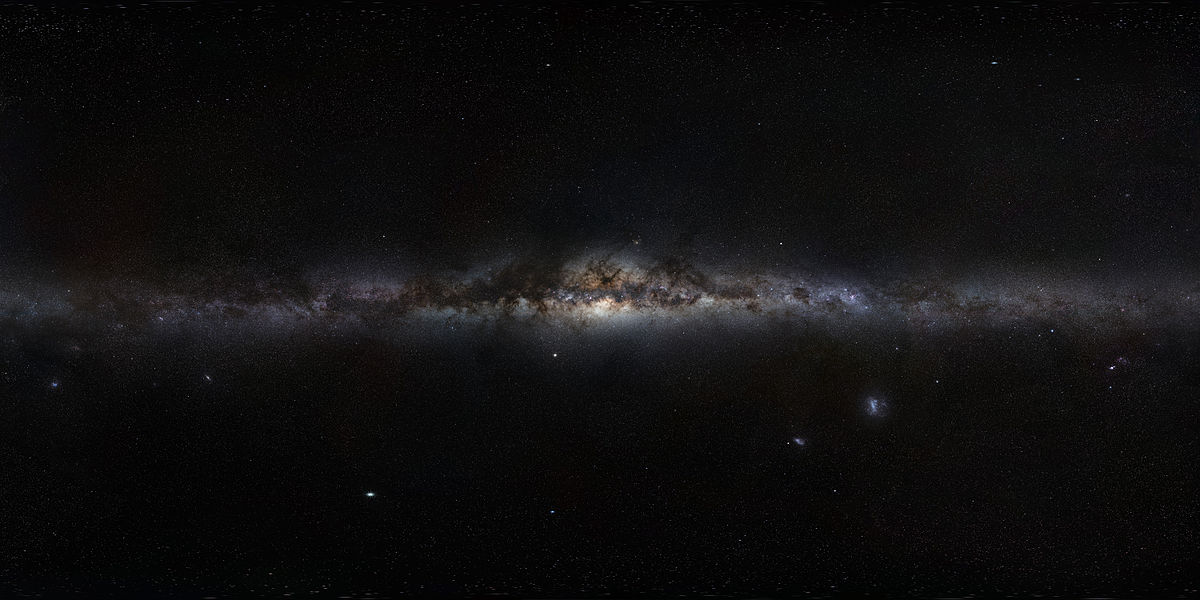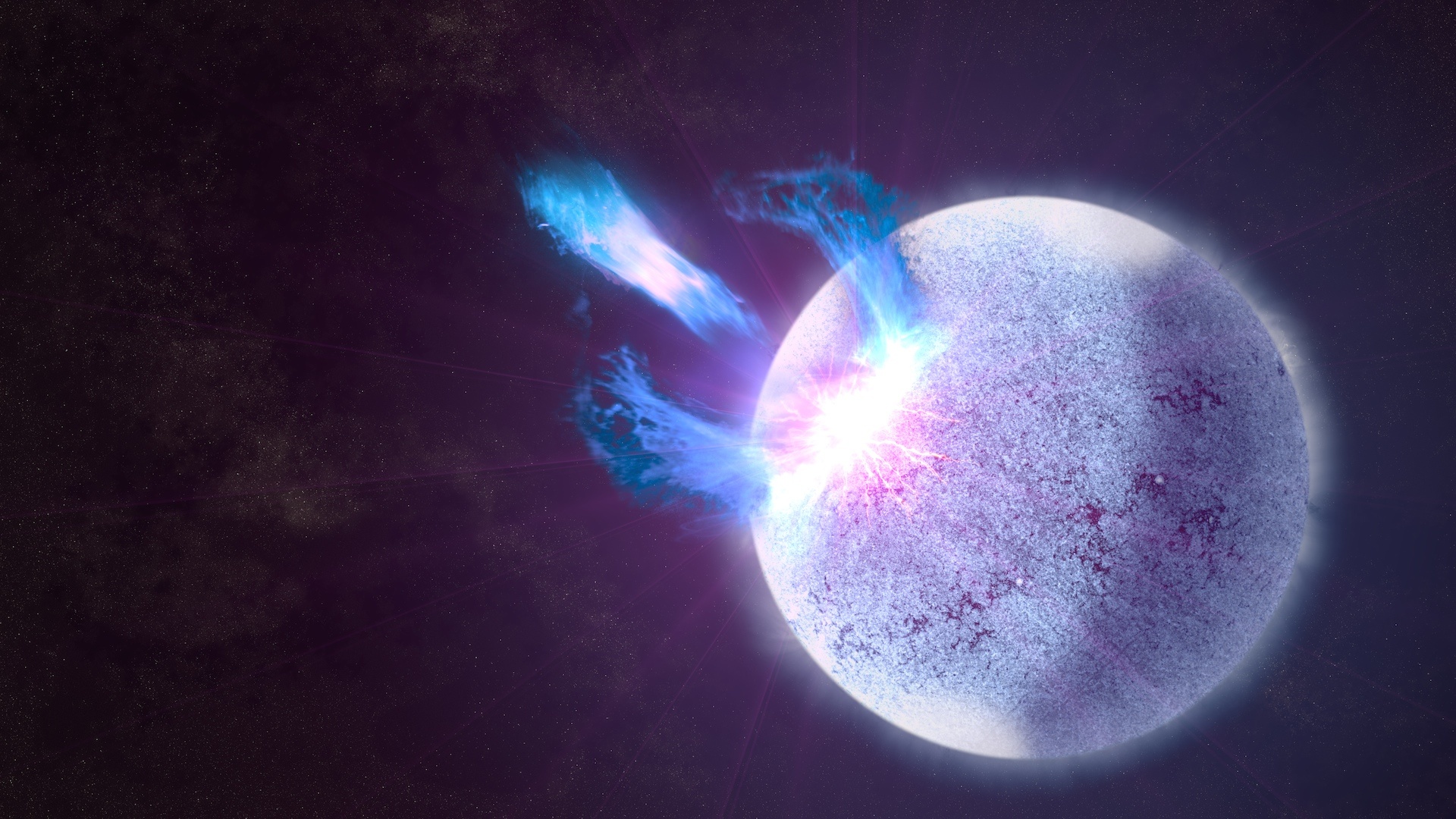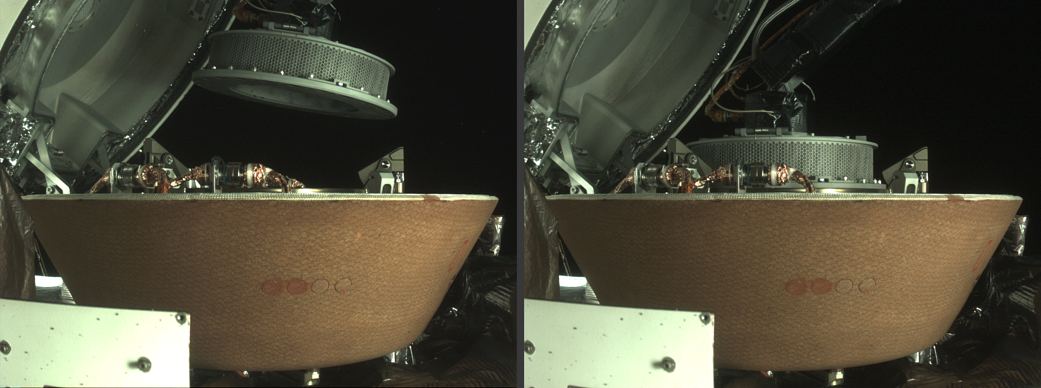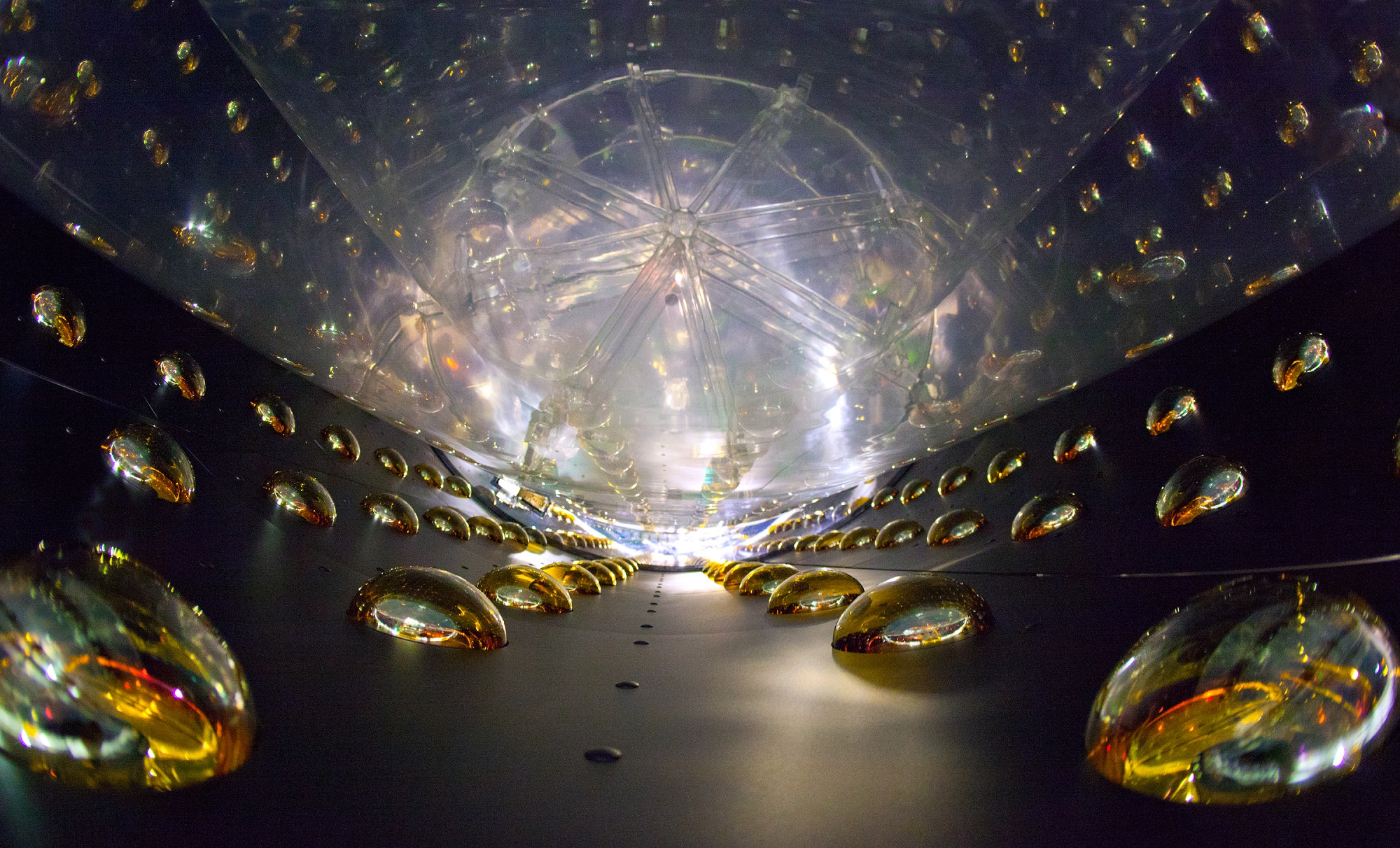Astronomers have to be extra clever to map out the invisible dark matter in the universe. Recently, a team of researchers have improved an existing technique, making it up to ten times better at seeing in the dark.
Continue reading “A new way to map out dark matter is 10 times more precise than the previous-best method”The family tree of the Milky Way. The mergers that gave us the galaxy we see today
Galaxies build themselves up slowly over time by cannibalizing their neighbors. Using an advanced suite of computer simulations, researchers have now traced back the evolutionary history of our own Milky Way.
Continue reading “The family tree of the Milky Way. The mergers that gave us the galaxy we see today”Fast radio bursts within the Milky Way seem to be coming from magnetars
Fast radio bursts are some of the most mysterious events known in astronomy, but they are slowly becoming better understood. Case in point: recent observations of a fast radio burst in the Milky Way reveals the powerhouse behind the blasts: a flaring magnetar.
Continue reading “Fast radio bursts within the Milky Way seem to be coming from magnetars”Most light pollution isn’t coming from streetlights

Light pollution is the arch nemesis of astronomy, spoiling both the enjoyment of the night sky and the professional study of our universe. For years we’ve assumed that streetlights are the main culprit behind light pollution, but a recent study has shown that streetlights contribute no more than 20% of all the pollution, and if we want to solve this vexing astronomical problem, we have to think harder.
Continue reading “Most light pollution isn’t coming from streetlights”Massive stars get kicked out of clusters
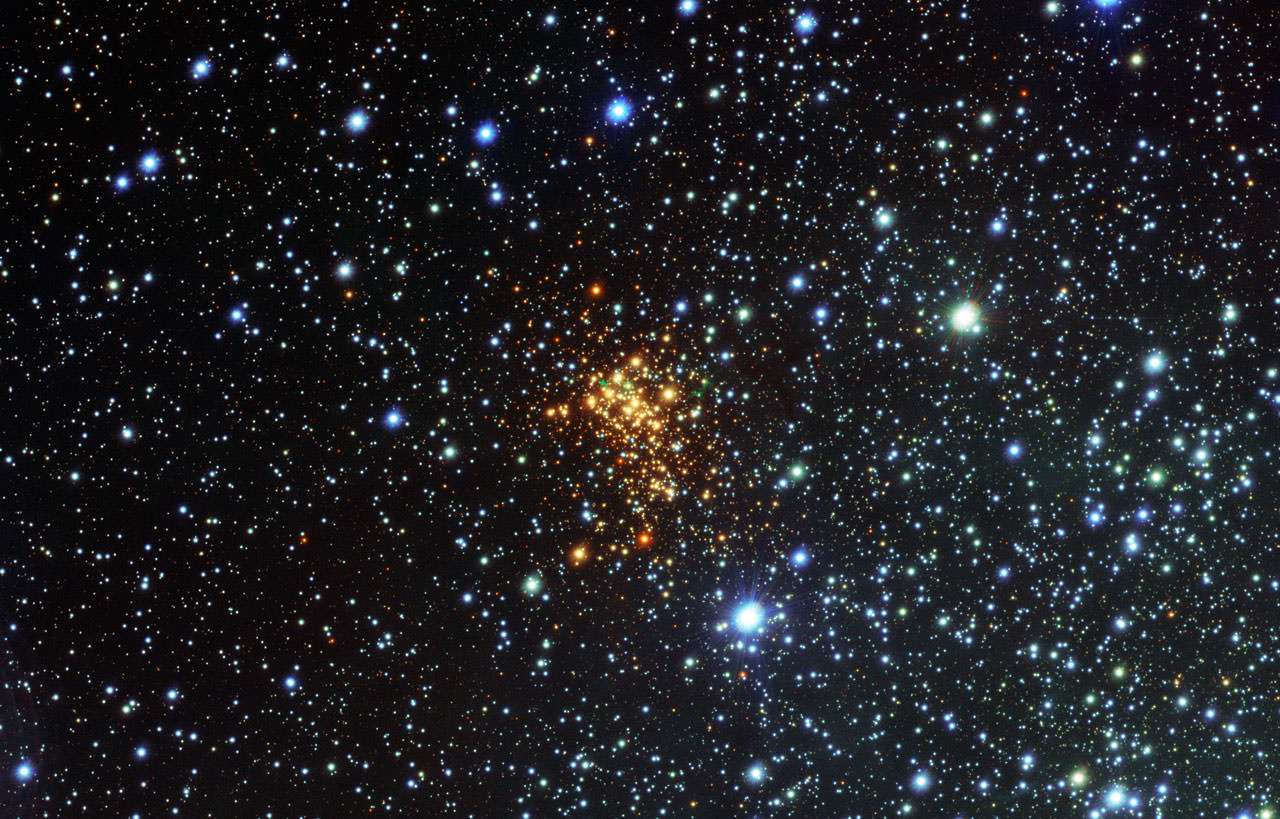
The largest stars in the universe tend to be loners, and new research points to the reason why. Although massive stars are born in clusters of many smaller brethren, they quickly get kicked out, forced to spend their lives alone.
Continue reading “Massive stars get kicked out of clusters”Sample… stowed
NASA’s Osiris Rex mission has just reached a major milestone with a successful collection of a sample of material from the asteroid Bennu. Now the material is safely stowed and on its way back to Earth.
Continue reading “Sample… stowed”How did the Earth get its water? The answer might be found on Mercury
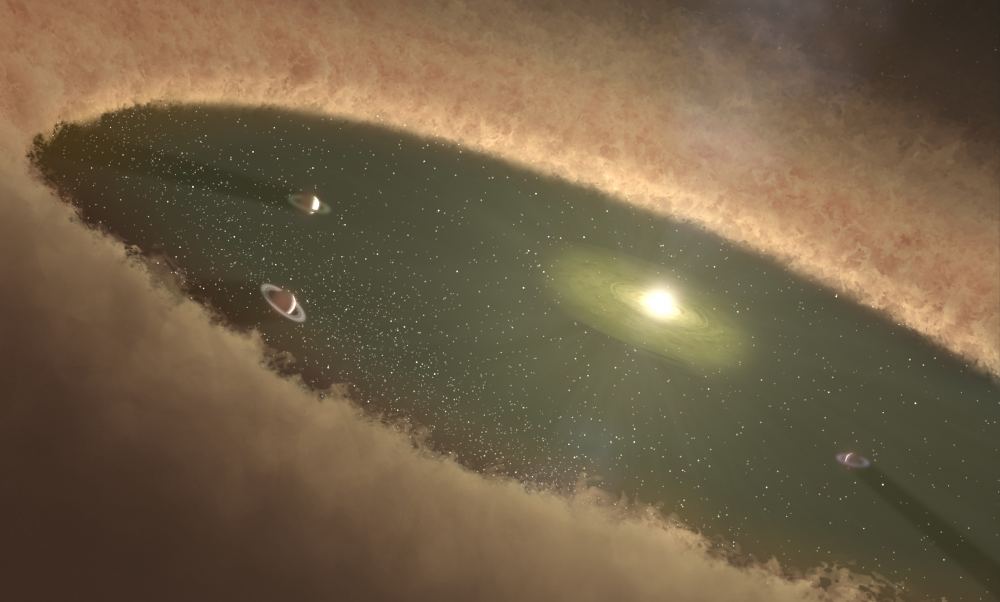
I don’t know if you’ve noticed by now, but the Earth is a little bit wet. How Earth got all its water is one of the major mysteries in the formation of the solar system, and a team of Japanese researchers have just uncovered a major clue. But not on Earth – the clue is on Mercury.
Continue reading “How did the Earth get its water? The answer might be found on Mercury”Astronomers are ready and waiting to detect the neutrino blast from a nearby supernova explosion like Betelgeuse
When giant stars die in impressive supernova blasts, about 99% of the energy released goes into producing a flood of neutrinos. These tiny, ghostly particles slip through tons of matter like it’s not even there. But a new generation of detectors will be able to catch them, telling us of the inner machinations of the deaths of stars.
Continue reading “Astronomers are ready and waiting to detect the neutrino blast from a nearby supernova explosion like Betelgeuse”There’s a new record for the shortest time measurement: how long it takes light to cross a hydrogen molecule

To measure small differences in time, you need a really tiny clock, and researchers in Germany have discovered the smallest known clock: a single hydrogen molecule. Using the travel of light across the length of that molecule, those scientists have measured the smallest interval of time ever: 247 zeptoseconds. Don’t know what a “zepto” is? Read on…
Continue reading “There’s a new record for the shortest time measurement: how long it takes light to cross a hydrogen molecule”It’s still possible to detect the site of the 2017 kilonova explosion

It’s been over a thousand days since the historic kilonova observation, and yet the region continues to emit X-rays, long after models predicted they should have faded away. What’s going on?
Continue reading “It’s still possible to detect the site of the 2017 kilonova explosion”

